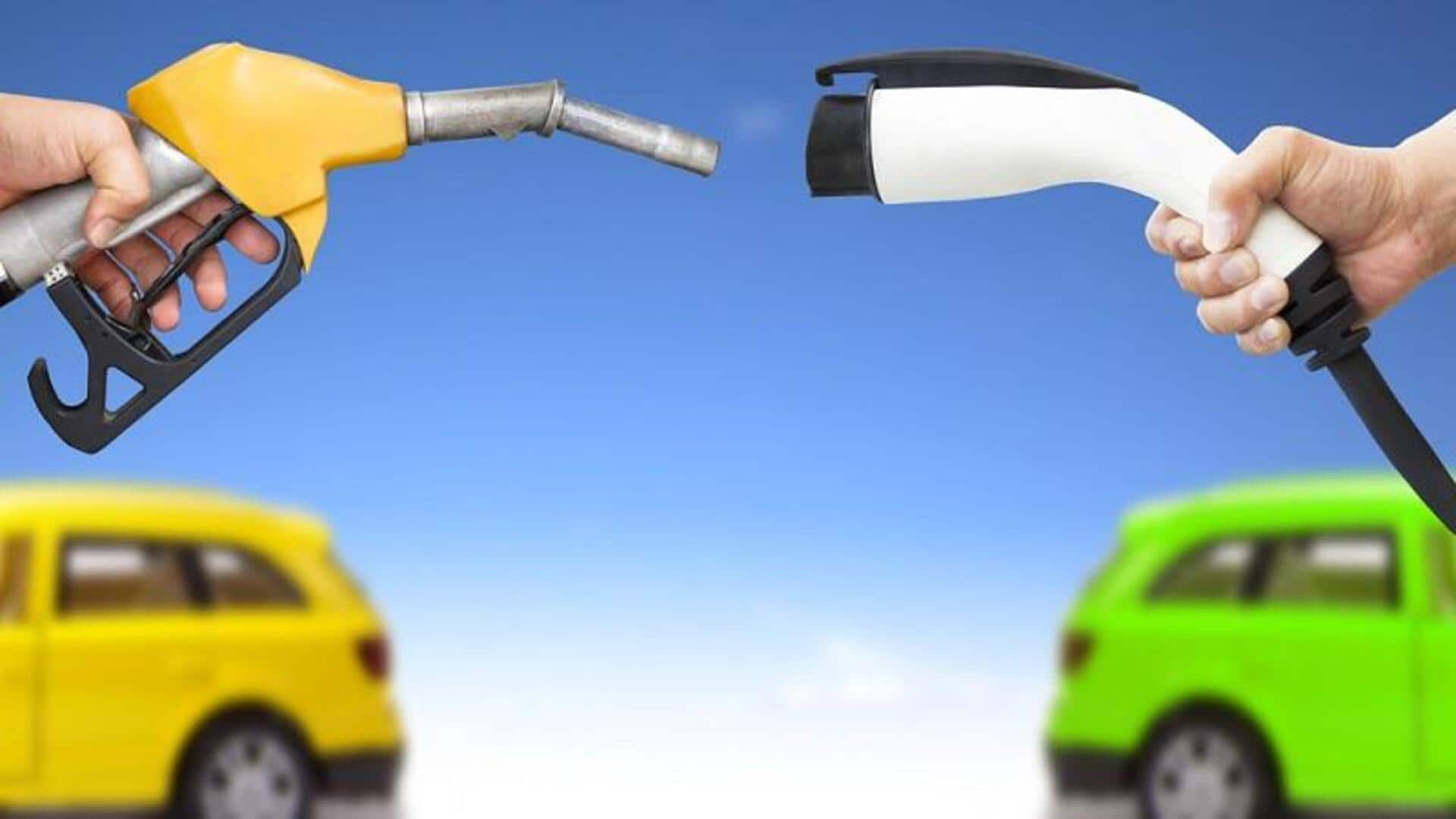
ICE vehicles made 90% of sales despite government's EV push
What's the story
Despite the Indian government's ambitious target of having electric vehicles (EVs) account for 30% of all passenger vehicle sales by 2030, internal combustion engine (ICE) vehicles continue to dominate the market. According to data from Jato Dynamics, ICE vehicles accounted for a whopping 90% of sales in the first half of this year. This shows a major gap between government policy and consumer preference.
Market leaders
Tata, Maruti sold majority of their vehicles as ICEs
Maruti Suzuki, India's largest carmaker, sold 87% of its vehicles as ICEs in the first half of this year. Tata Motors, a leader in the electric segment, also sold 88% ICE vehicles during the same period. This trend highlights how consumers are still sticking to familiar and affordable technologies despite government incentives for EV adoption.
Consumer reluctance
Charging anxiety, price sensitivity keep EVs confined to metros
The slow adoption of EVs can be attributed to factors such as price sensitivity and charging anxiety among consumers. Ravi Bhatia, President of Jato Dynamics, said these concerns keep EVs largely confined to metro corridors. This highlights the challenges carmakers face in transitioning India's automotive landscape from fossil fuels to electric power.
Strategic shift
Tata Motors adopts a multi-powertrain strategy
Tata Motors has adopted a multi-powertrain strategy across petrol, diesel, CNG, and EVs. A spokesperson from the company said this approach is "about giving consumers the power of choice while preparing for future shifts." The company has also announced an investment of ₹33,000-35,000 crore toward its passenger and EV businesses from FY26 to FY30 to drive product-led growth.